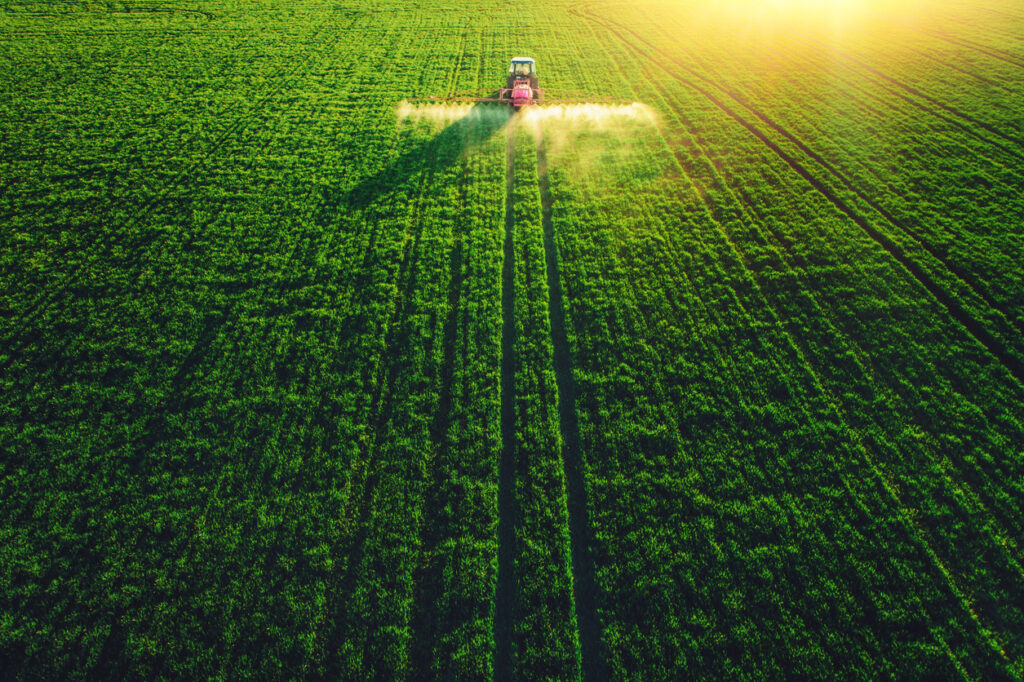
Agricultural properties, which include but are not limited to, crop farms, perennial plantings, dairy farms, forestry/timberland, and aquaculture are key contributors to economic growth, especially for developing economies, where land and an active workforce are generally available. If combined, these resources of land and people can produce valuable natural commodities, such as palm oil, coffee, timber, livestock and milk.
Other than these more conventional commodities, ‘biological assets’ also include the use of bacteria in the production of dairy (yoghurt, cheese) or the cultivation of viruses to produce vaccines for the pharmaceutical industry, all of which are categorised as agriculture properties in the modern world.
Commodities (mineral and natural) are recognised as one of the core asset classes, together with cash, equities, bonds, real estate, gold/precious metals, and other alternative investments in International Valuation Standards (IVS). Each of these asset classes, however, has different characteristics and risk profiles.
The IVSC’s Tangible Assets Standards Board and Business Valuation Standards Board (“the boards”) have discussed the issues in valuation of agricultural properties and biological assets and have noted inconsistencies in the valuations carried out of these assets across all markets. This makes auditing these valuations extremely difficult, often resulting in the need for the biological assets/to be revalued as part of the audit process.
Reliable and consistent valuations of agricultural properties are essential. Robust valuations are vital in order to unlock the investment required to support a sustainable economy; to promote the productive use of agriculture property (including land) in sustainable economic growth; to maintain the confidence of capital markets; and to meet the requirements of financial reporting under IAS 41.
The boards reviewed the valuation of agricultural properties to establish whether a separate chapter within IVS was needed to deal with these issues.